EEPROM 9 Click is a compact add-on board with a highly reliable nonvolatile memory solution. This board features the M95P32-I, the 32Mbit electrically erasable programmable memory with enhanced hardware write protection from STMicroelectronics. The M95P32-I is internally organized as 8192 programmable pages of 512 bytes each, accessed through the SPI interface. It combines unprecedented data storage with byte flexibility, page alterability, high page cycling performance, and ultra-low power consumption. It lasts 500k write cycles with 100 years of data retention (10 years after 500k cycles). This Click board™ is suitable for various consumer and industrial applications where dependable nonvolatile memory storage is essential.
EEPROM 9 Click is fully compatible with the mikroBUS™ socket and can be used on any host system supporting the mikroBUS™ standard. It comes with the mikroSDK open-source libraries, offering unparalleled flexibility for evaluation and customization. What sets this Click board™ apart is the groundbreaking ClickID feature, enabling your host system to seamlessly and automatically detect and identify this add-on board.
 RTC Click
1 × R390.00
RTC Click
1 × R390.00  RN4678 Click
1 × R855.00
RN4678 Click
1 × R855.00  RS485 Click 5V
1 × R235.00
RS485 Click 5V
1 × R235.00  EXPAND Click
1 × R260.00
EXPAND Click
1 × R260.00 

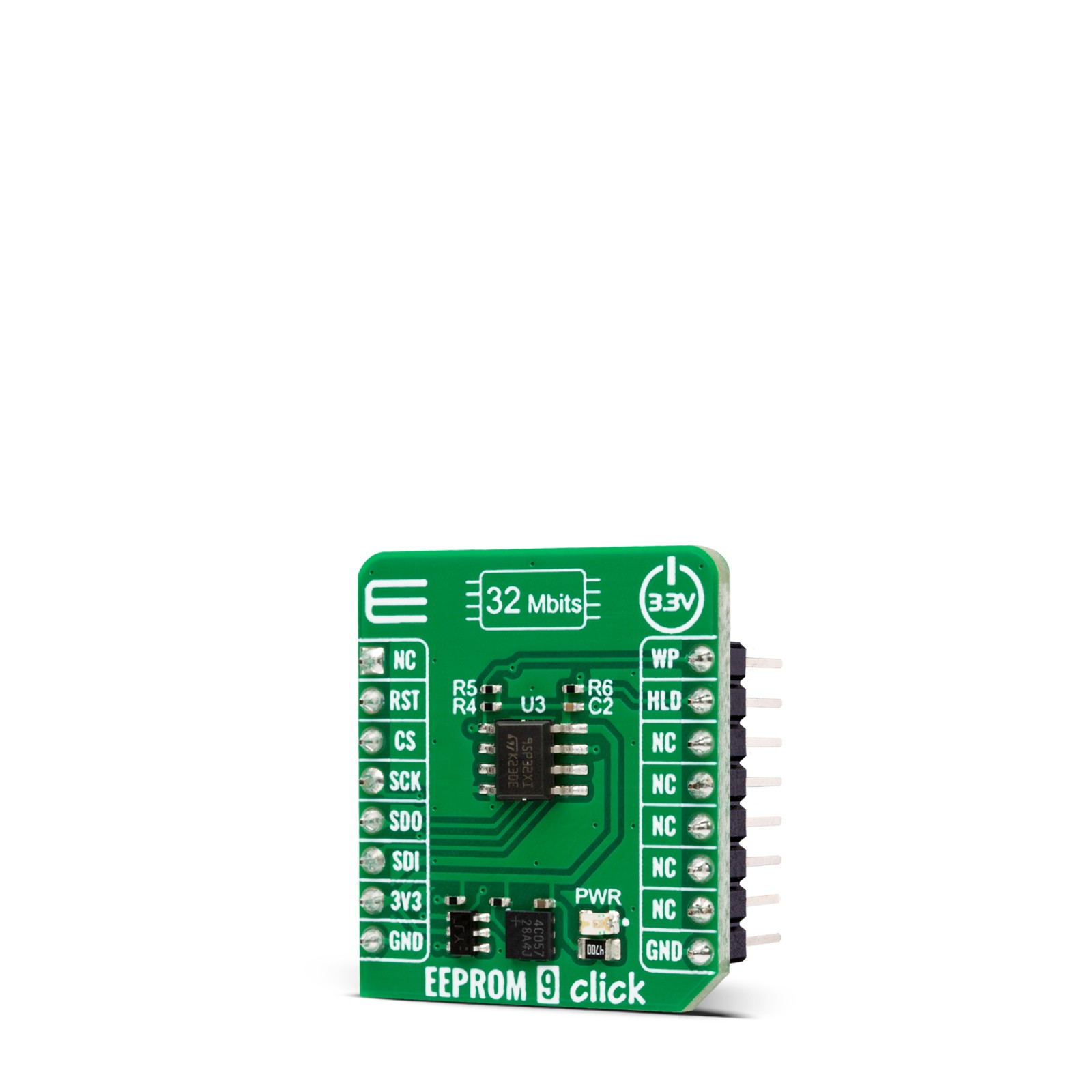

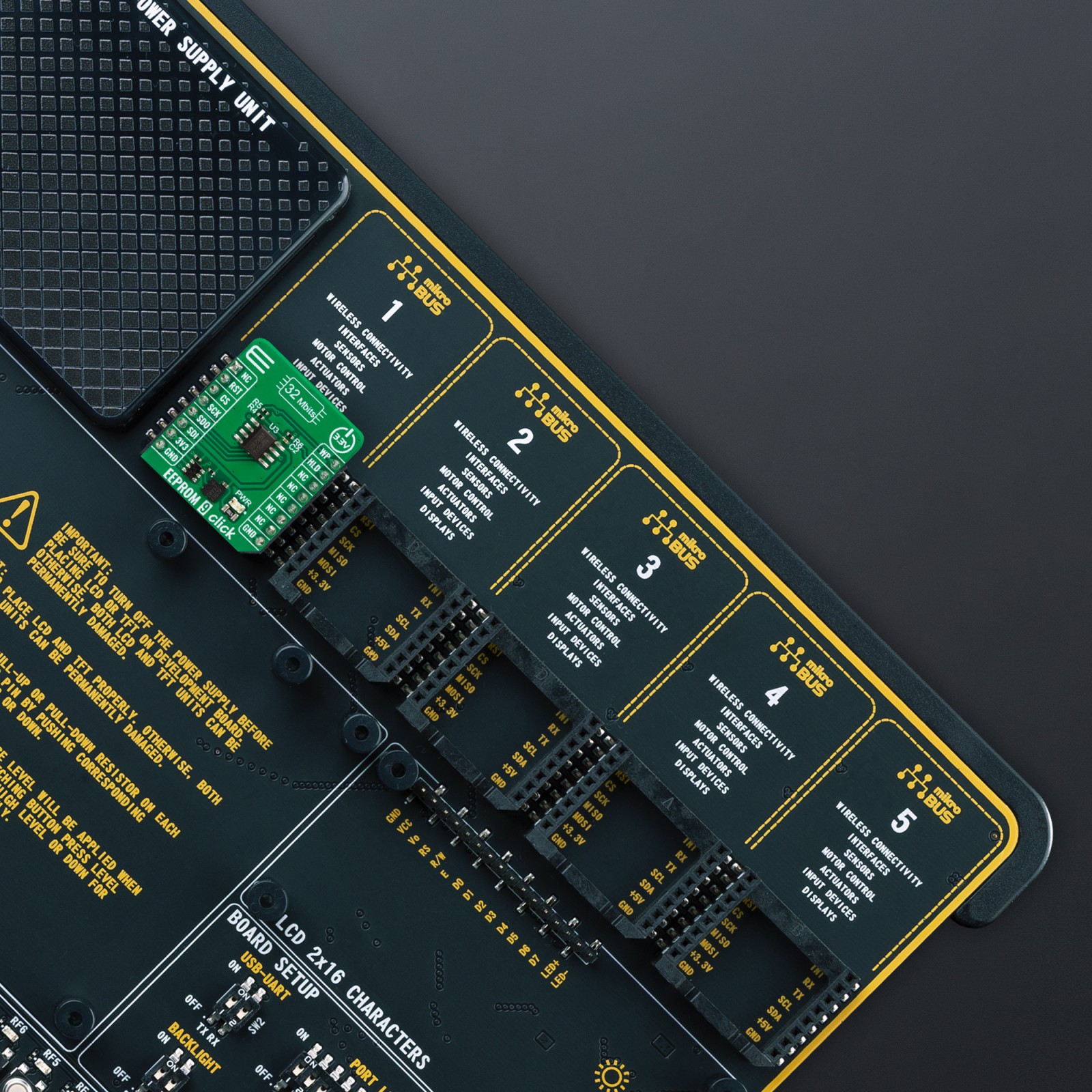
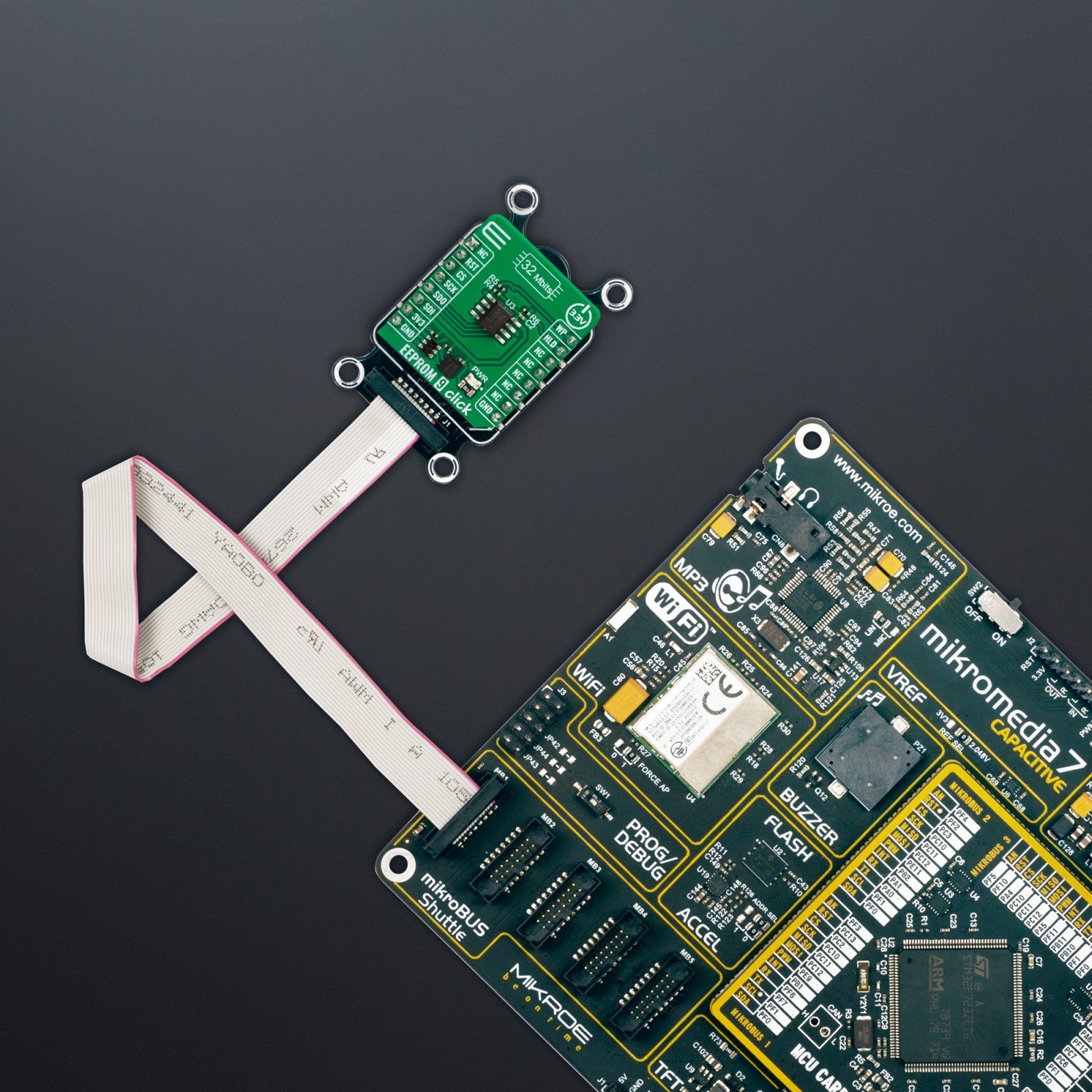
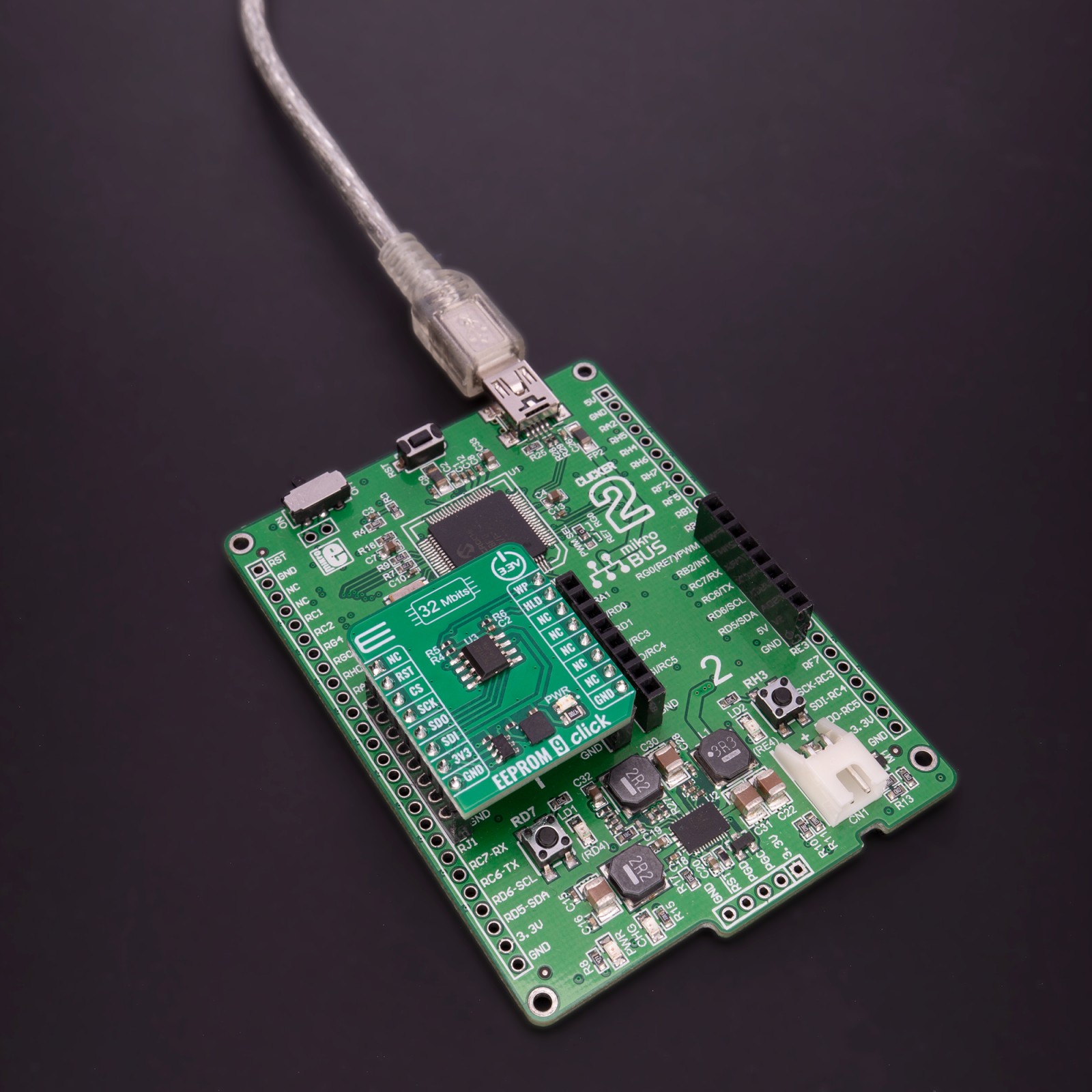
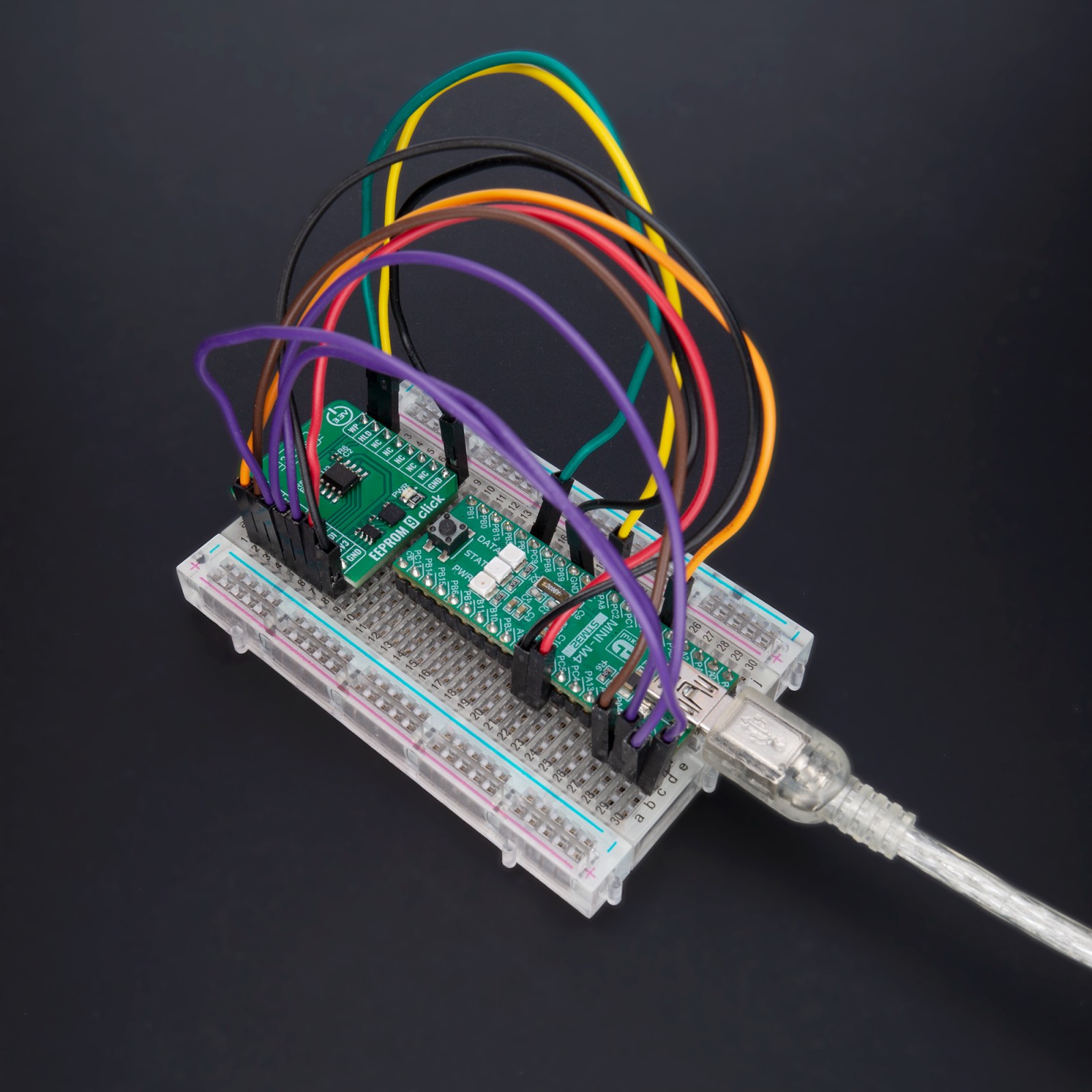
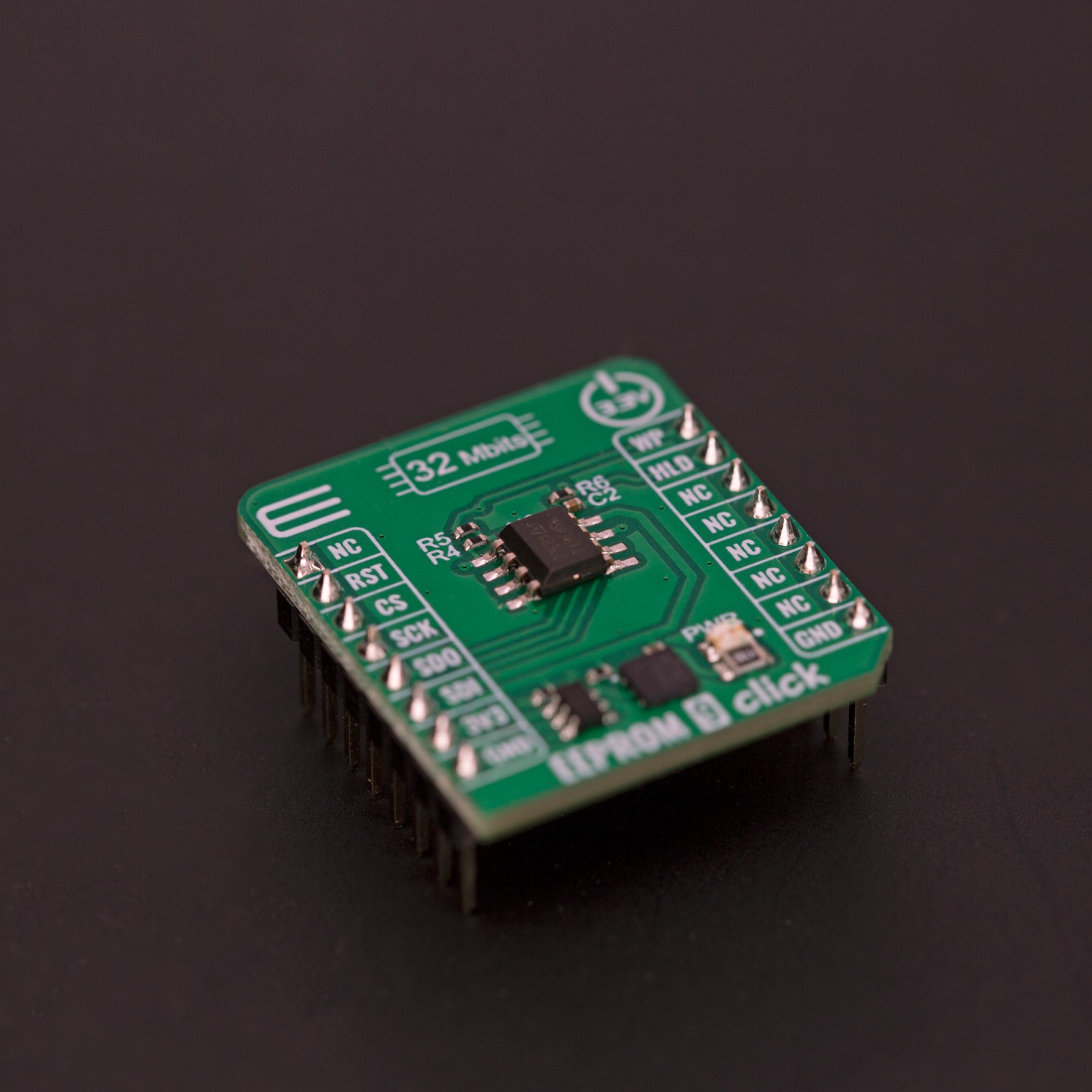
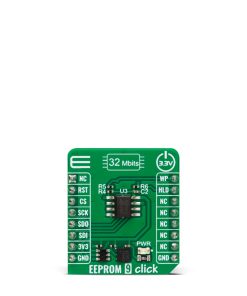

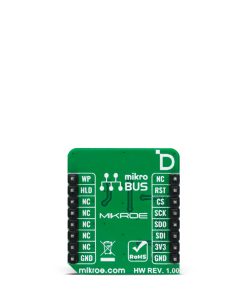


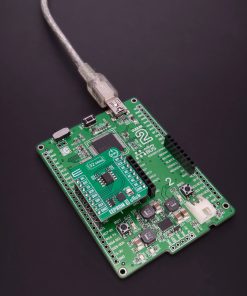
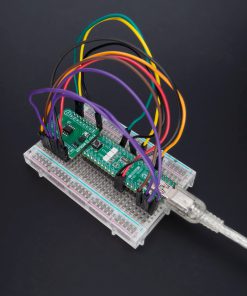
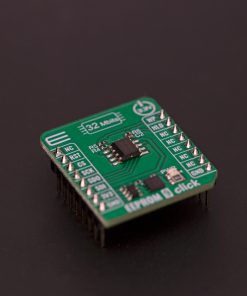
.jpg)







